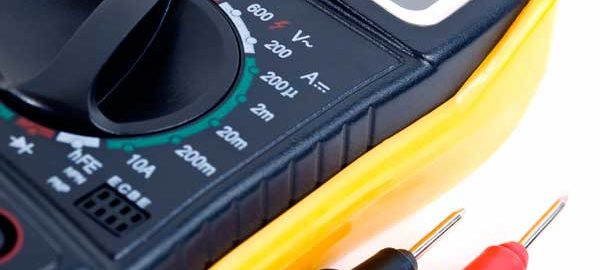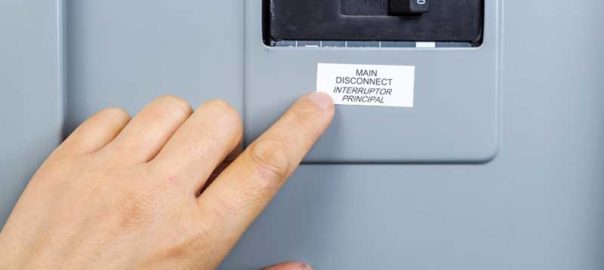Many tools that electricians carry, or at least have in their trucks, are common household tools that most homeowners own. Phillips and flat-head screwdrivers of various sizes, a hammer, and pliers are as necessary to electricians as they are to the average homeowner. A retractable tape measure and a number two pencil are other common items that are as useful for the pros as they are for average Joes.
Specialty Tools
What are not as likely to be found in the tool drawer of homeowners are the tools produced specifically for electricians. These can be thought of in two main groups of equipment, tools and replacement parts. The better equipped your electrician, the more likely it is that they have broad experience, and are well prepared to handle every situation.
On any electrician’s list of essential equipment are:
- Either a volt-ohm meter or a multi-meter
- A multi-purpose tool
- A battery powered screwdriver to quickly remove and insert screws without electricity
- A soldering pencil
- Jumper wire
- Fish tape
- Replacement fuses
Recognizing an Electrician by Their Tools
If someone shows up without a Volt-Ohm Meter, chances are good that it is not your electrician. Needed to check electrical current, it is used to find faulty fuses and outlets and determine the cause of problems with appliances. Multi-Meters combine an ammeter with a voltage meter and an ohm meter, but they read only within a specific range.
An electrician’s multi-purpose tool is another specialized item, combining an array of other tools in what at first glance looks like a pair of pliers. Wire cutters, insulation strippers, bolt shearers, wire loopers, all of them are cleverly built into a single tool. Replacing separate tools for crimping, cutting, and even measuring wire diameter, these multi-purpose tools promise to shrink the size of tool belts.
If you find yourself in need of an electrician in the Middle Tennessee area, give us a call, and we will come out to fix your problem!

